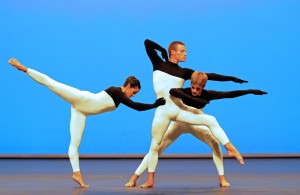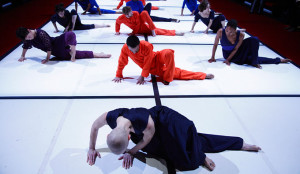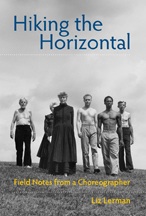
Beach Birds by Merce Cunningham
There are longer traditions and there are shorter traditions. But most dance or art comes out of some kind of tradition, even if it feels like it’s breaking with tradition. In fact, as Bill T. Jones said at a recent talk, “Our tradition was to kill your Buddha,” meaning break the rules of whatever authority you perceive.
But even that is a tradition.
It’s been the tradition of modern dance to find your own way. Every choreographer had to break away from whoever came before. Graham broke with Ruth St. Denis and Ted Shawn; Cunningham broke from Graham. The whole generation of Judson Dance Theater explored pedestrian movement that Cunningham wouldn’t go near. And then it exploded out into postmodern dance from there.
But the ballet tradition is so strong, the virtuosity so visible, that we tend to put more faith in it than other traditions. I’ve been reminded of this general preference from written reviews, conversations, and public talks. There is simply more weight to the longer tradition of ballet and the more obvious virtuosity of ballet.
This is why Liz Lerman titled her book Hiking the Horizontal. She didn’t agree with the hierarchy of certain theaters and certain forms of dance being considered the top. Wanting to put all types of dance on a level playing field, she calls her approach “hiking the horizontal.” She’s particularly interested in how to make dances for different populations. Curiosity drives her to research what’s on the horizon.
I love ballet and am thankful to Dance Magazine for giving me the opportunity to re-enter the ballet world, which I was very passionate about while I was growing up—before I became a (post)modern dancer.
I just wish people would have fewer assumptions about ballet and realize that every genre of dance makes a unique contribution.
Featured Leave a comment

Leave a Reply